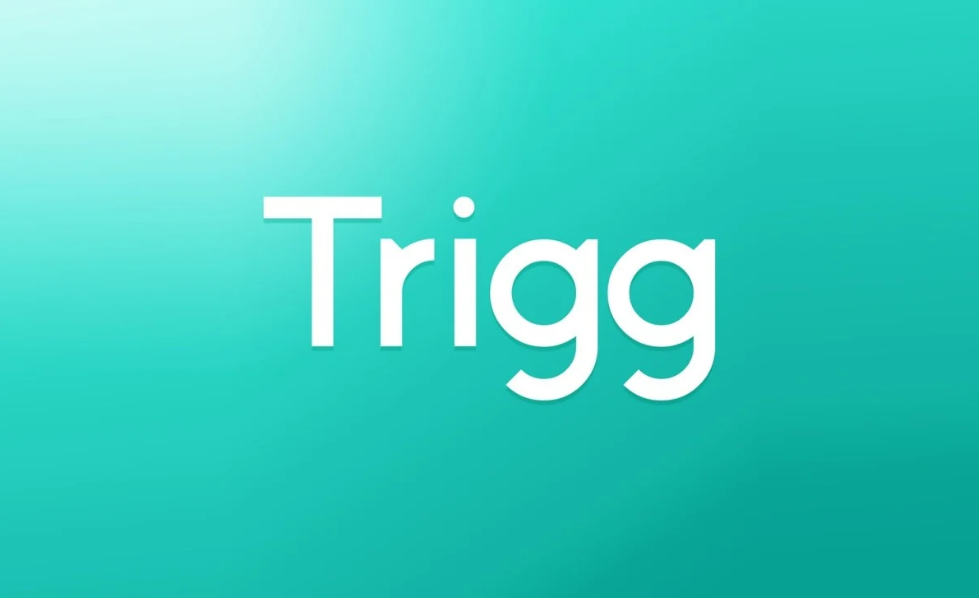Even as digital payment options grow, credit cards in the global payment system remain an essential part of how money moves across borders. Their reliability, integration with banks, and broad acceptance help maintain stable, predictable operations in global commerce. While new methods emerge, credit cards continue to support high-volume and cross-currency transactions in both developed and emerging markets.
This article outlines how credit cards are currently used within global networks and highlights key developments expected by 2025. We focus on shifts in access, technology, and regulation that are shaping how these systems function in a more digitally connected world.
A global infrastructure still built on credit

Credit cards still handle a large share of international and online payments. Their compatibility with bank systems, ability to process across currencies, and use of standardized protocols make them especially suited for secure cross-border transactions. Credit cards in the global payment system remain widely used in industries like travel, retail, and logistics, where stable and verifiable payment methods are essential for operational continuity.
Instead of being replaced by newer tools, card networks are increasingly embedded in the back end of modern financial platforms. Their fraud protection, scalability, and regulatory maturity make them a core layer for many fintech and digital payment solutions operating globally today.
Emerging economies and credit card adoption
In developing regions, where traditional banking is less accessible, credit cards are being used to expand financial inclusion. Many providers now offer mobile-first onboarding, low-limit starter cards, and app-based tools that simplify use and reduce entry barriers.
These strategies allow more people to access the global financial system with minimal infrastructure requirements. The growing adoption of credit cards in the global payment system in these markets is supported by both public and private initiatives. As access widens, cards become not only payment tools, but also gateways to broader financial participation.
How technology is redefining card payments
Recent advances have transformed how credit cards operate on a technical level. Contactless transactions, biometric verification, and encrypted tokenization are now widespread, improving both the user experience and transaction security. These technologies are especially important in regions where trust in digital payments is still developing or subject to strict oversight.
Machine learning and AI are being used by issuers to enhance fraud detection, automate transaction approvals, and personalize spending alerts. These capabilities keep credit cards in the global payment system relevant, competitive, and aligned with evolving consumer expectations and compliance standards.
Integration with digital wallets and fintech
Credit cards now function alongside — rather than in competition with — digital wallets. Platforms like Apple Pay and Google Pay continue to rely on card infrastructure for payment authorization and settlement. The user interface has changed, but the systems behind it are often the same global card networks that have existed for decades.
By 2025, we expect this integration to deepen further. Credit cards in the global payment system will continue to support payment rails, while interfaces grow more flexible, mobile, and app-driven. This hybrid model balances stability with innovation in everyday financial activity.
What lies ahead for global card networks
Looking ahead, credit cards in the global payment system will likely evolve into more adaptive and modular tools. Issuers and processors are already designing products that adjust based on region, transaction type, or user behavior. These changes help cards stay compliant across jurisdictions while remaining usable across borders.
Regulatory shifts will also influence how cards are issued and processed. New rules on data privacy, fee transparency, and cross-border consumer protections are shaping the way global card networks operate. Despite the rise of new platforms, credit cards remain deeply embedded in global payment infrastructure.





